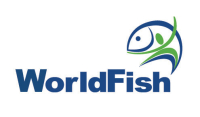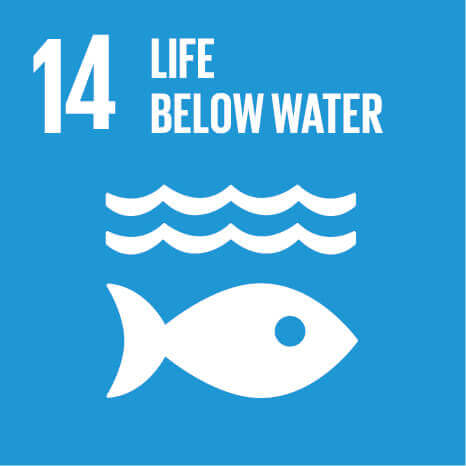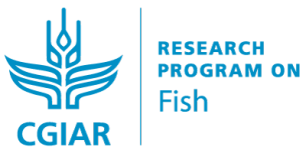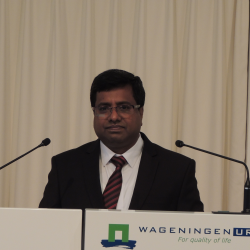Allowable mesh size for hilsa gillnets determined and recommended in Bangladesh
Published on: April 29, 2020, Submitted by Innocent Bikara on: April 22, 2020, Reporting year: 2019
Allowable mesh size determined to be 6.5 cm for all types of hilsa gillnets. The Government of Bangladesh has accepted the recommendations and processed for a gazette notification.
Hilsa catch
ECOFISH project conducted comprehensive studies through experimental fishing involving fishers (Citizen Scientists) and research vessel through Bangladesh Fisheries Research Institute (BFRI) and consulted the outputs with all stakeholders regionally as well as centrally, and then recommended the allowable mesh size as 6.5 cm for all types of hilsa gillnets to ensure the MSY of hilsa. The central workshop was organized at the Matshya Bhaban, Dhaka, where the final decision was taken in the presence of the Honorable Minister of the Ministry of Fisheries and Livestock (MoFL), Secretary of the Ministry of Fisheries and Livestock (MoFL), and Director General of the Department of Fisheries (DoF). The Government of Bangladesh has accepted the recommendations and processed for a gazette notification. After notification, the recommended mesh size regulation will be effective immediately and the Jatka catch will be reduced further and increase hilsa production to reach close to the estimated MSY level.
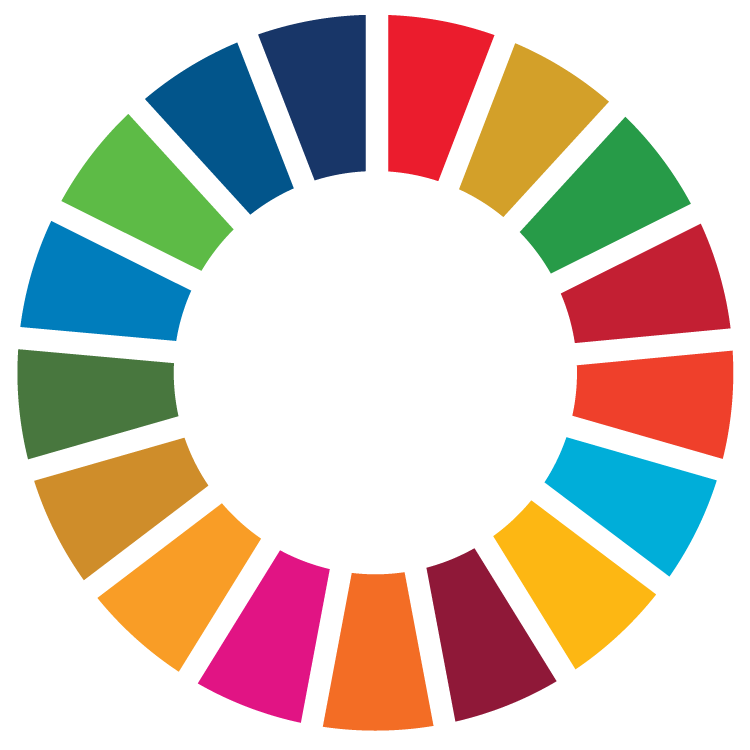 Disaggregates for Sphere of Influence
Disaggregates for Sphere of Influence
-
3.2.1 - More productive and equitable management of natural resources
Focus
-
Capacity Development & Knowledge Sharing: 1 - Significant objective
-
Climate change: 1 - Significant objective
Specific Disaggregates for this Policy Indicator
-
Policy/Investment Type: Policy or Strategy
-
Whose policy is fixed? Public Sector
-
Stage of Maturity: Level 1 - Research taken up by next user (decision maker or intermediary)
Linked Innovations
Linked Outcome/Impact Case Report (OICR)
Acknowledgement
This work was undertaken as part of the CGIAR Research Program on Fish Agri-Food Systems (FISH) led by WorldFish. The program is supported by contributors to the CGIAR Trust Fund. Funding support for this work was provided by United States Agency for International Development (USAID) as part of the Enhanced coastal fisheries in Bangladesh (ECOFISH) project.
